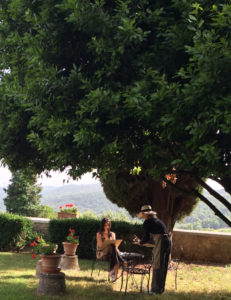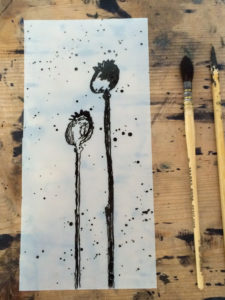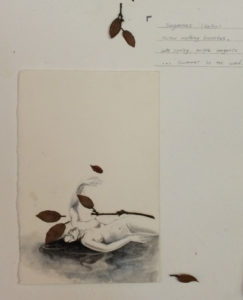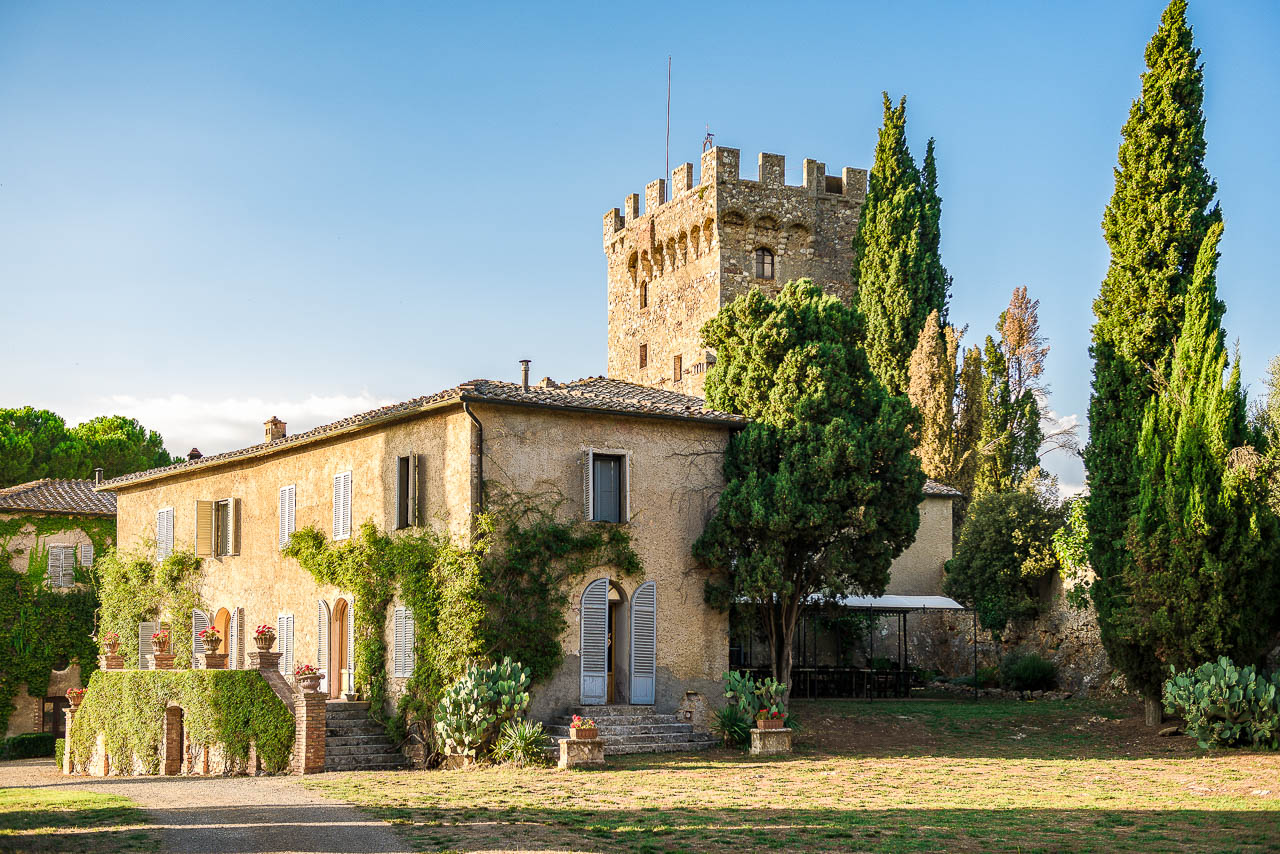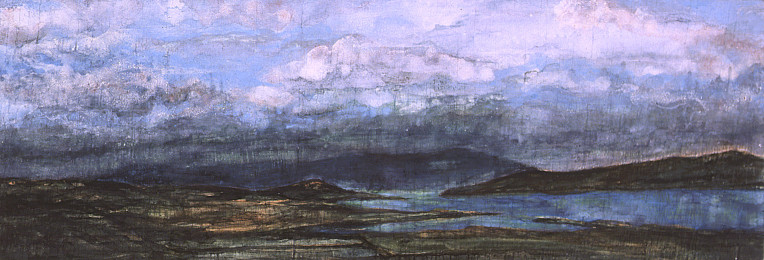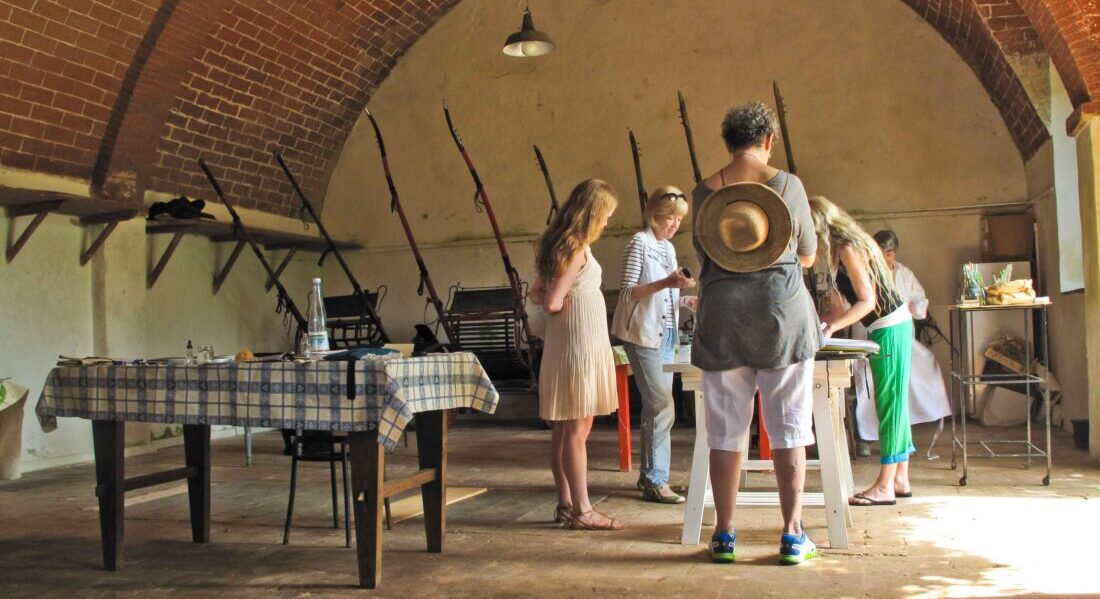
Drawing to See, Seeing through Painting with Margaret Krug
Drawing to See, Seeing through Painting
This course follows the trajectory of An Artist’s Handbook: Materials and Techniques to study and practice drawing and painting what you see.
To begin, observe the world more deeply by drawing what you see in the natural and built environment. Discuss the roots of drawing and its changing and enduring function while viewing historical examples. Consider the broad definition of what a drawing can be. In response to the observation of the visual material presented, work with a variety of early techniques and materials as well as experimental materials and processes.
Each material has a unique identity and response to your motive and action. Working with silverpoint can demand a slow, deliberate response to visual material, and it can result in great delicacy in the nuances of light and dark. Experimenting with iron gall ink (used by Leonardo da Vinci and Rembrandt van Rijn) allows for exquisite precision as well as rapid, loosely expressive marks and planes to articulate the fluctuating environment.
Work in relationship with the materials by letting them inform you on how to use them to represent your experience of seeing. Create notes, sketches, studies, and preliminary cartoons for more finished works as well as exploring and expanding on doodles to produce a series of works with a conceptual framework. Experimenting with erasing, tearing, reassembling, and combining media and techniques or just by switching to a new, unfamiliar medium may lead to revelatory breakthroughs in your creative vision.
While working in grey, black, and white or monochromatically and then with handmade watercolor, you will explore the vocabulary of drawing, including line, delicate gradation, volume, composition, movement, perspective, color, light, the element of time, and abstract motifs. Line, color and light will translate into a universe of experience and thought.
Move into full color. Paint with veils of color and let the study of drawing inform and influence a brief study of traditional painting methods and their contemporary application, touching on tempera (egg tempera from early Renaissance Siena, casein tempera, distemper) and the oil painting method first practiced during the Venetian Renaissance. Produce handmade paint by combining dry pigments with egg, milk glue, animal glue, gum Arabic or oil. Use exercises from An Artist’s Handbook to encourage technical proficiency through employing techniques used in master paintings, while gaining an understanding of color, composition and construction of a pictorial space. Create original painting sketches from observation using the same methods.
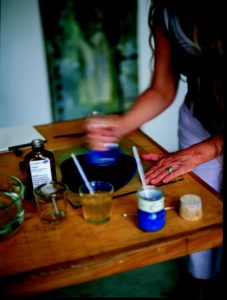
Making Watercolor
Day trips with art historical discussions and sketchbook exercises in sites such as San Gimignano, the Pinacoteca Nazionale in Siena, and the Etruscan Guarnacci Museum in Volterra (as well as observation of the natural surroundings at Spannocchia) will enable an examination of the cultural/historic context of methods and concepts presented in the course and encourage the blending of history with the present as you draw and paint to see. Daily critiques, prompts and thematic assignments encourage access to personal vision.
Drawing to See, Seeing through Painting classes at Castello di Spannocchia will meet at the Museo studio for three hours in the morning and four hours in the afternoon Monday through Friday with the exception of one or two day excursions. Sunday is open for studio time with instruction or free time. On Saturday, we will meet in the studio for three hours in the morning, and there will be free time or an afternoon excursion. All meals are included, except lunch on the days of excursions. Land transportation for excursions is included. Transport to and from Spannocchia on the first and last day is not included. The tuition includes private room and private bath, shared studio, art exhibition and reception, most art materials, and daily instruction.
Textbook: An Artist’s Handbook: Materials and Techniques, Margaret Krug
Contact Margaret for more information!
Margaret Krug
Margaret Krug, artist, author, MFA, School of the Art Institute of Chicago, has had solo exhibitions at The National Arts Club, A.I.R. Gallery, The Window Gallery, The Smithy, The Naturalist’s Notebook, the University of Nebraska Weber Fine Arts, the School of the Art Institute and has been in museum exhibitions at the Art Institute of Chicago, the Whitney Museum of American Art, the Nelson-Atkins Museum, the Sioux City Art Center, The Willa Cather Foundation and has exhibited extensively at institutions throughout the United States and internationally. Her work is in numerous private collections. Krug is an associate professor in the School of Art & Design History & Theory at Parsons School of Design and a former Senior Lecturer at the Whitney Museum of American Art. She is the director of a painting, drawing and art history program at the Spannocchia Foundation in Italy. Krug was a 2019 Artist/Scholar resident at the American Academy in Rome. She is a contributing writer for Artist’s Magazine. She is an artist mentor, MFA Program, Lesley University College of Art and Design and a visiting critic, drawing, at The Cooper Union. She taught painting, BFA Program, at the School of the Art Institute of Chicago. Krug was awarded the School of the Art Institute Traveling Fellowship Award for Painting: George D. and Isabella A. Brown Fellowship. She was awarded the Art and Art History Distinguished Alumni Award from the University of Nebraska. She is the author of An Artist’s Handbook: Materials and Techniques, published by Harry N. Abrams, New York, Laurence King, London, distributed worldwide by Thames and Hudson in addition to Spanish, Chinese, German and Russian editions. In 2010 An Artist’s Handbook: Materials and Techniques received the Jinguang, golden light, Award in China. Krug is at work on a forthcoming book on abstraction. She lives in New York City.
- Organizer's Instagram: https://www.instagram.com/margaretkrug/

